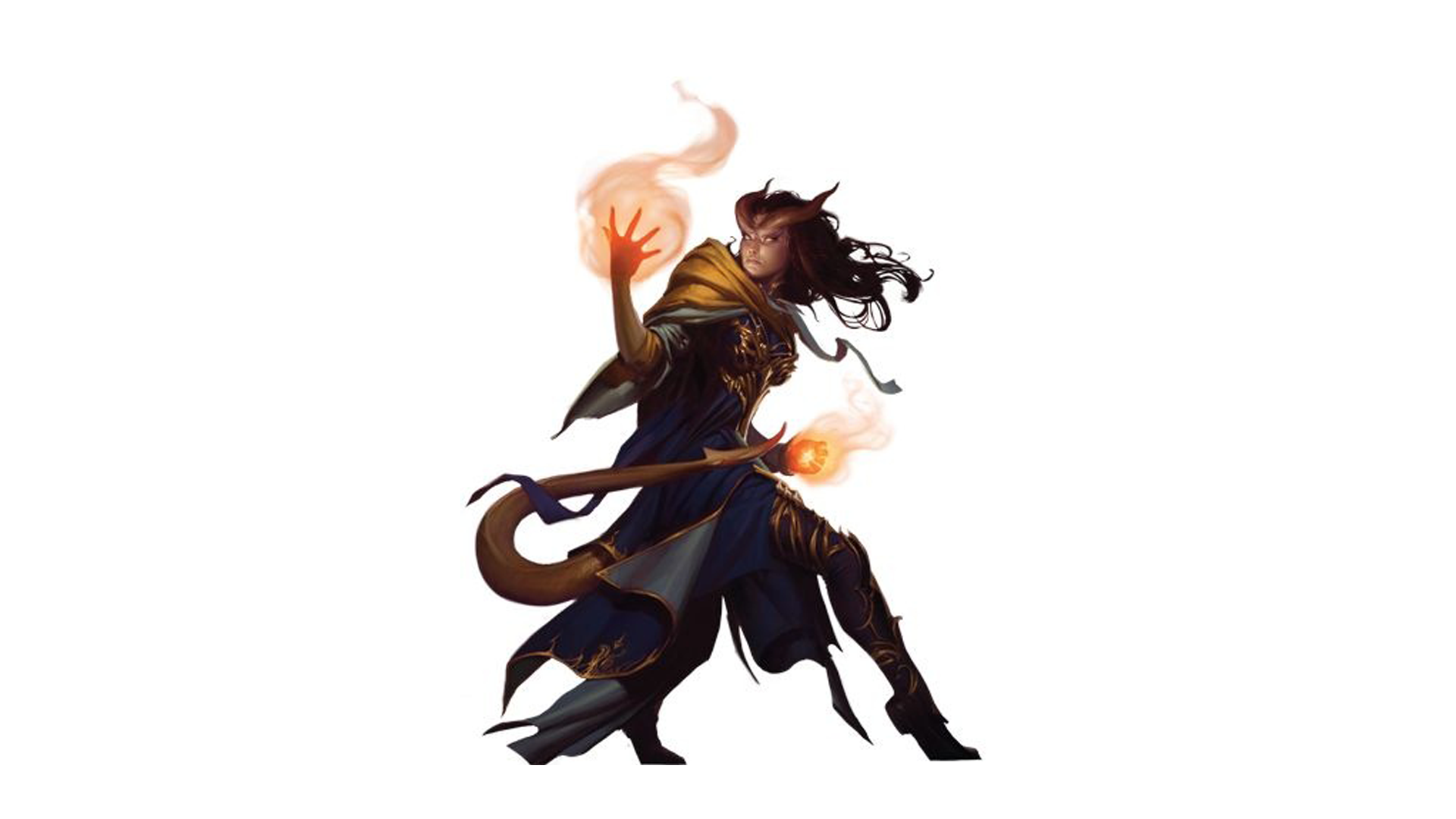
Instead, the focus of a demon lord's involvement in Dungeons and Dragons campaign usually involves the players stopping them from coming to the regular world. Demon lords are generally not great at intrigue and diplomacy, but exceptions exist.ĭemon lords almost never reside on the prime material plane. Each lord has special powers that highlight the unique section of evil that they preside over: Zuggtmoy sends out maddening spores that can control players, Orcus can create and raise undead, and Jubilex can spew acidic slime that dissolves armor. The demon lords featured in Mordenkainen's Tome of Foes are between CR 23 and 30, making them excellent final foes at the end of a long campaign. They usually possess spell-like abilities, but these abilities often stem from their vile nature and not the study of magic.ĭemons are frightfully powerful combatants, and demon lords usually earn their place at the top by being even more frightening and powerful. Demon lords are often the very entities that grant player warlocks power.

Different campaign settings may have different demon lords presiding over the hosts of evil.ĭemon lords are ancient, powerful beings that don't follow the same race and class conventions as player characters. The demon lords are the most powerful of these demonic leaders. Demons' chaotic nature only allows them to have a rough hierarchy, with the most powerful demons leading by fear and raw strength rather than loyalty. In most Dungeons and Dragons settings, demons are chaotic evil creatures that come from planes associated with fire, death, and destruction.


 0 kommentar(er)
0 kommentar(er)
